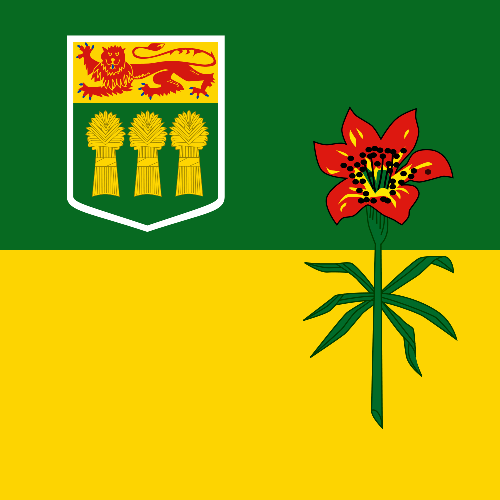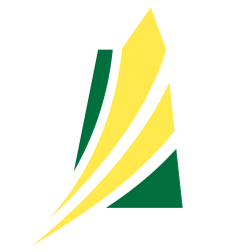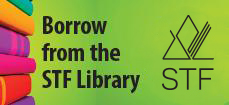Course Configurations
| (a) | Explain what a mortgage is and its main purpose. |
| (b) | Differentiate between mortgage and non-mortgage debt. |
| (c) |
Define and use appropriate terminology related to mortgages such as:
|
| (d) | Identify terms in a mortgage contract such as the APR, prepayment penalty, appraisal fee, closing costs, prepayment privileges and portability. |
| (e) | Examine consumer and lender rights and responsibilities related to mortgages. |
| (f) | Examine how gross debt service ratio (GDSR) impacts one’s ability to obtain a mortgage. |
| (g) | Explain the role of the Canada Mortgage and Housing Corporation (CMHC) in helping Canadians purchase a home. |
| (h) | Explain the purpose of mortgage default insurance and determine current CMHC requirements for it. |
| (i) | Research the availability of and requirements for mortgage default insurance offered by other Canadian companies such as Genworth Financial or Canada Guaranty. |
| (j) | Discuss the advantages and disadvantages of mortgage life insurance which a mortgagor may also consider purchasing. |
| (k) | Research various ways of obtaining a mortgage (e.g., through a bank, credit union or mortgage broker). |
| (l) | Compare interest rates associated with different types of mortgages available through various lenders. |
| (m) | Research the circumstances under which paying a mortgage prepayment penalty may be advisable. |
| (n) | Research how to obtain mortgage financing by using the equity in one’s home (e.g., 2nd mortgage, Home Equity Line of Credit (HELOC)) or the Registered Retirement Savings Plan Home Buyers’ Plan. |
| (o) | Debate the advantages and disadvantages of consolidating other debt such as money for renovations or new furniture, or closing/appraisal fees, into a mortgage loan. |
| (p) | Discuss steps that can be taken to plan for unforeseen events such as rising interest rates, job loss, death of a partner or economic recession that may affect one’s ability to make mortgage payments. |











This Canadian resource supports the Financial Literacy curriculum and provides information at a suitable introductory level. The resource is organized under six headings for a total of 15 modules.
Topics covered:
- Goals, Values and Decision-making
- Getting and Earning Money
- Spending Money and Taking Control
- Borrowing Money and Using Credit
- Saving and Investing Money
- Protecting Assets and Planning for the Future.
The resource includes:
- Student Guide, English or French, free online PDF version or hard copies can be ordered at a minimal fee
- Teacher's Guide, English or French, free online version



This Canadian textbook is divided into five parts:
- Planning Your Personal Finances
- Managing Your Personal Finances
- Insuring Your Assets
- Investing Your Financial Resources
- Controlling Your Financial Future
The resource contains case studies, concept checks, assignments and assessment examples.
There are four purchase options:
- eBook
- eBook only (online version of textbook)
- Connect
- eBook, homework, adaptive assignments and study tools
- Connect and print text
- eBook, homework, adaptive assignments and study tools
- printed textbook
- Print text
- printed textbook only

The Indigenous Edition of Money and Youth builds on the original resource from the Canadian Foundation for Economic Education, CFEE. Damon Johnston, President of the Aboriginal Council of Winnipeg, provided guidance rooted in traditional teachings and the Seven Sacred Laws. Vanessa Everett, CEO of Economic Development with the Keewatin Tribal Council, adapted the original version by Gary Rabbior of CFEE. Input from respected individuals across Turtle Island also helped shape this edition.
Topics covered:
- Goals, Values and Decision-making
- Getting and Earning Money
- Spending Money and Taking Control
- Borrowing Money and Using Credit
- Saving and Investing Money
- Protecting Assets and Planning for the Future.
The resource includes:
- Student Guide, English, free online PDF version or hard copies can be ordered at a minimal fee
- Teacher's Guide, English, free online version

